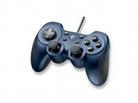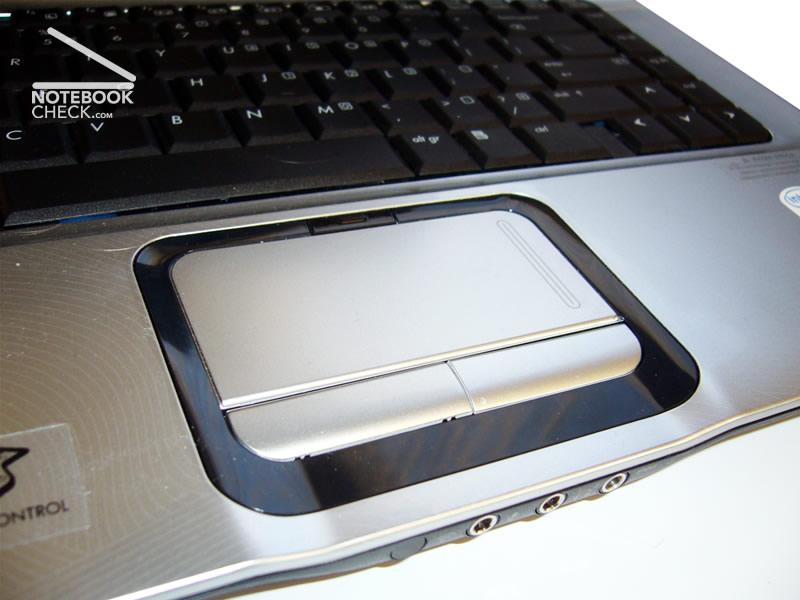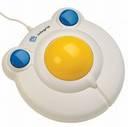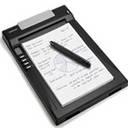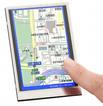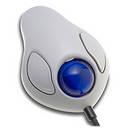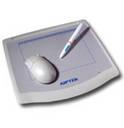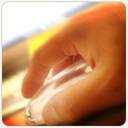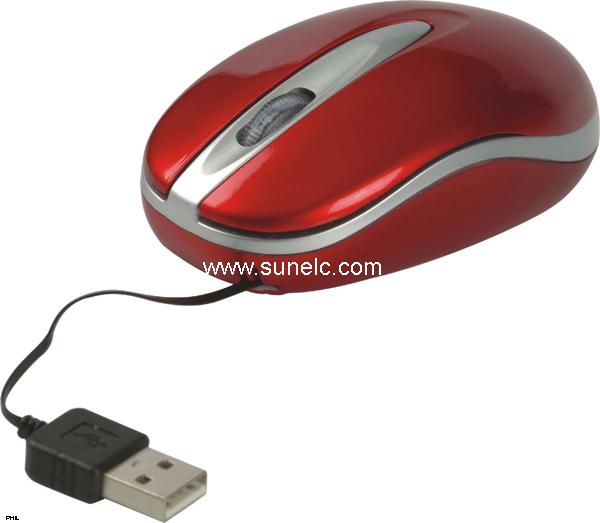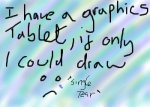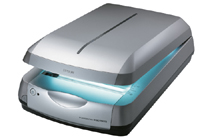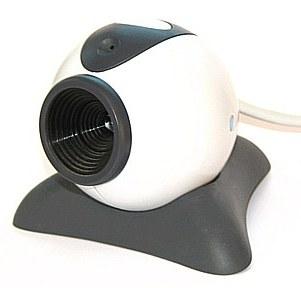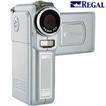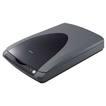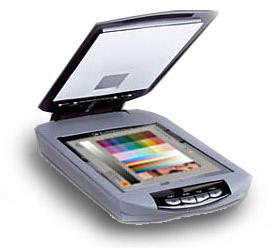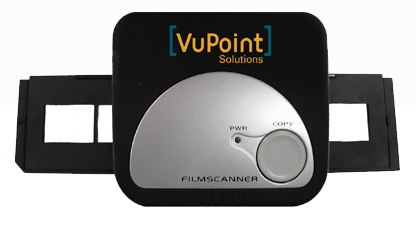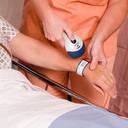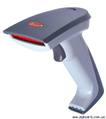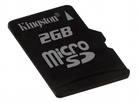
- •А.Д. Музафарова а.Г. Ковалева
- •Vocabulary practice section 1
- •Vocabulary practice section 2
- •Vocabulary practice section 3
- •Vocabulary practice section 1
- •Vocabulary practice section 2
- •Vocabulary practice section 3
- •Our guide to cleaning and maintaining your keyboard.
- •Vocabulary practice section 1
- •Vocabulary practice section 2
- •Vocabulary practice section 3
- •1. Communication between the primary storage unit and the arithmetic-logical and control units
- •2. Arithmetic-logical unit functional diagram
- •3. Control unit functional diagram
- •Vocabulary quiz.
- •Vocabulary practice section 1
- •Vocabulary practice section 2
- •Vocabulary practice section 3
- •Vocabulary practice section 2
- •Vocabulary practice section 1
- •Vocabulary practice section 1
- •Vocabulary practice section 2
- •Vocabulary practice section 3
- •Windows 2000
- •People and computers: information society
- •Input devices
- •Data processing
- •Output devices
- •Data storage
- •Operating systems
- •Список использованной литературы
Vocabulary practice section 2
1. Identify the input devices in the pictures below and tell about their main functions.
|
1&2
|
3
|
4
|
5
|
|
6
|
7
|
8
|
9
|
2. Complete each sentence with the name of the right input device:
|
|
1. A … is a stationary device that works like a mouse turned upside down. You roll the ball with your hand to move the pointer on the screen. 2. Interactive … are used in museums, information centres and Internet kiosks. You use your finger to point directly to objects on the screen. |
3. A … is found on notebook PCs. You use it by pressing the sensitive pad with a finger.
3. The following extracts come from sales assistants in computer shops describing the features and functions of various input devices. Identify which device they’re talking about.
|
1. This model features a backlight, so you can see what you’re typing in the dark. (scanner, keyboard, game controller) 2. We have a Bluetooth version working without wires, but it should be used on dark surface. (mouse, microphone, game controller) 3. Why don’t you try this? It’s for drawing, as if you were using a pen and paper. (keyboard, graphics tablet, scanner) |
|
4. You’ll need one of these – it’s used to control your movements while you play.
(game controller, graphics tablet, microphone)
5. For more precision, I’d recommend this. It’s like an upside-down mouse, and it works by running your hand over the plastic ball here. (trackball, game controller, light pen)
|
|
6. This works just like a mouse, except you can write directly onto the screen with it. (scanner, keyboard, light pen) 7. This is a model which works particularly well with Skype. (microphone, mouse, game controller) |
4. Read this passage about a computer mouse. Fill in the gaps with verbs from the box.
|
click double-click drag grab select move control |
|
|
A mouse allows you to (1) ….. the cursor and move around the screen very quickly. Making the same movements with the arrow keys on the keyboard would take much longer. As you (2) ……the mouse on your desk, the pointer on the screen moves in the same direction. The pointer usually looks like an I- |
bar, an arrow or a pointing hand, depending on what you are doing.
A mouse has one or more buttons to communicate with the computer. For example, if you want to place the insertion point or choose a menu option, you just (3) ….. (press and release) on the mouse button, and the option is chosen.
The mouse is used to (4) …… text and items on the screen. You can highlight text to be deleted, or you can select an item from a check-box or questionnaire.
The mouse is widely used in graphics and design. When you want to move an image, you position the pointer on the object you want to move, press the mouse button, and (5) ….. the image to a new location on the screen. Similarly, the mouse is used to change the shape of a graphic object. For example, if you want to convert a square into a rectangle, you (6) …… one corner of the square and stretch it into a rectangle.
The mouse is also used to start a program or open a document: you put the pointer on the file name and (7) ….. on the name - that is, you rapidly press and release the mouse button twice.
5. Complete these sentences with the correct 'mouse action'.
|
1. To start a program or open a document you …on its icon - that is, you rapidly press and release the mouse button twice. 2. If you want to select a menu option, you just … on the left button. 3. If you want to find the commands for a particular text or image you… on it. |
|
4. If you want to move an object, press the button and … the object to the desired location
|
Caller: Hello, can you help? I’ve lost a really important document. I deleted it by mistake, and now it’s gone! Helpdesk operator: OK, don’t panic. Just (5) ……. on the Recycle Bin icon on your desktop. Caller: It’s not working! |
|
Helpdesk operator: Don’t worry. It won’t open if you only (6) ……. on it once. Just try again.
Caller: OK, it’s open now. Oh … there’s the file.
Helpdesk operator: Right, just (7) ……. it with the mouse and (8) ……. it back to the My Documents folder. Then just (9) ……. on the file to open it and check it’s OK.
6. Nathaniel is explaining to his classmate, David, how to set up a Macro on Microsoft Word. Complete his instructions using the words in the box.
|
next like right first finally you what everything then then that |
David: Nathaniel, I’ve been asked to set up a Macro to help me edit this document on Word, but I’m not sure how to do it. Actually, I’m not even sure what Macros do. Can you give me a hand?
Nathaniel: Sure. Macros are basically mini-programs that you can set up within a Word document which carry out automated tasks for you. One of the most useful Macros allows you to go through a whole document and delete any accidental double spaces. I’ll show you how to do it. (1) …, open up any Word document. (2) … put in a couple of double spaces between words, just so you can check that it’s worked at the end.
David: OK, I’ve done (3) … now. (4) … next?
Nathaniel: (5) …, you go to Tools, Macros, (6) … click on Record New Macro.
David: (7)
… this? 
Nathaniel: That’s it. Give the Macro a name like ‘Doublespace’ – it has to be one word. Once you click OK, Word is recording your actions so that it can replicate them later. So, do the following commands: CTRL + Home – that takes the cursor to the start of the document – Find and replace, Find, then hit the space bar twice to do a double space, then click Replace with and hit the space bar once before clicking Replace all.
David: Is that (8) …?
|
Nathaniel: Yes, that looks good. (9) …, press the little red circle on the Macro command, which will stop the recording. The Macro should now be saved under your Macro menu, just hit Run to run it on any Word doc. |
|
David: Is that (10) …? Seems quite simple. Thanks, Nathaniel.
KEY INFORMATION SECTION 3
|
|
|
|
Input devices such as scanners and cameras allow you to capture and copy images into a computer.
|
|
A scanner is a peripheral that reads images and converts them into electronic codes which can be understood by a computer.An optical scanner uses light-sensing equipment to convert images such as a picture or text intoa digital data that can be manipulated by a computer. For example, a photo can be |
scanned into a computer and then included in a text document created on that computer.
There are different types.
|
A flatbed (desktop) scanner is built like a photocopier and is for use on a desktop; it can capture text, colour images and even small 3D objects. A flatbed scanner is usually composed of a glass pane (or platen), under which there is a bright light which illuminates the pane. Images to be scanned are placed face down on the glass, an opaque cover is lowered over |
|
it to exclude ambient light, and the sensor array and light source move across the pane, reading the entire area. An image is therefore visible to the detector only because of the light it reflects.
|
|
A film scanner is used to scan film negatives or 35 mm slides - pictures on photographic film, mounted in a frame. | ||
|
Hand held scanners are small manual devices that are passed manually across the surface of the image to be scanned. Scanning in this manner requires a steady hand, as an uneven scanning rate would produce distorted images. The use of hand held scanners remains popular for many applications, including industrial design, |
| ||
|
reverse engineering, inspection & analysis, digital manufacturing and medical applications. | |||
|
|
Barcode scanners read barcodes on the products sold in shops and send the price to the computer in the cash register. Barcodes consist of a series of black and white stripes used to give products a unique identification number. They are used to identify items for stock control and pricing. | ||
|
|
A pen scanner looks like a pen; you can scan text, figures, barcodes and handwritten numbers. | ||
The resolution of a scanner is measured in dpi or dots per inch. For example, a 1,200 dpi scanner gives clearer, more detailed images than a 300 dpi scanner.
Most scanners come with Optical Character Recognition software. OCR allows you to scan pages of text and save them into your word processor; they can then be edited.
|
A digital camera doesn't use film. Photos are stored as digital data (bits made up of 1s and 0s), usually on a tiny storage device known as a flash memory card. You can connect the camera or memory card to a PC and then alter the images using a program like Adobe Photoshop, or you can |
|
view the images on a TV set. Many printers have a special socket so that you can print images directly from a memory card or camera.
|
|
A camcorder (camera+recorder), ordigital video camera, records moving pictures and converts them into digital data that can be stored and edited by a computer with special video editing software. Digital video cameras are used by home users to create their own movies, or by professionals in computer art and video conferencing. |
Webcams (short for Web cameras) let you send and receive live video pictures through the Internet. They're primarily used for video conferences - video calls - but they can be used to record photos and video onto your hard disk.
The resolution of webcams is expressed in megapixels (million pixels). Webcams connect to the PC via a USB (universal serial bus) or FireWire port; they display video at 24 to 30 frames (pictures) per second. Some include a headset with a microphone and earpiece.



